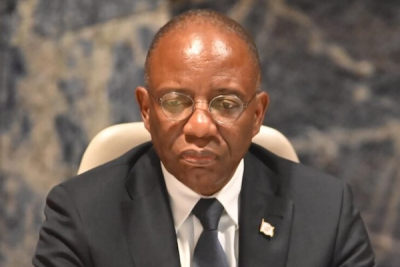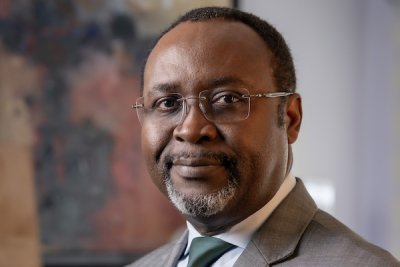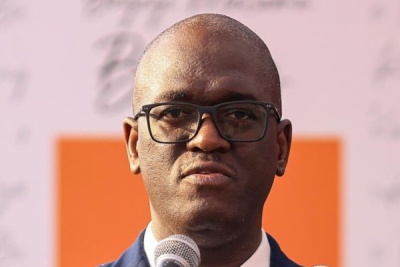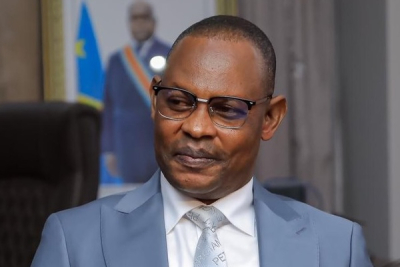The governments of the Democratic Republic of Congo (DRC) and Rwanda have initialed the draft Regional Economic Integration Framework (REIF) in Washington, D.C., on November 7, 2025, with U.S. facilitation.
The framework defines priority areas for economic cooperation and development between the two neighbors and is part of efforts to implement their June 27, 2025, peace agreement. The initialing took place during the fourth meeting of the joint monitoring committee overseeing the accord.
This step clears the way for the framework’s official signing, initially expected on September 27, 2025. However, Kinshasa reiterated that progress on the REIF depends on full implementation of the security commitments contained in the peace deal.
“The framework will take effect once the Concept of Operations (CONOPS) and the operational order agreed by both sides are properly implemented,” the DRC Ministry of Communication and Media said in a statement released a day after the signing. “For the DRC, lasting peace must come before economic cooperation.”
Adopted in Luanda in October 2024, the CONOPS outlines plans to neutralize the Democratic Forces for the Liberation of Rwanda (FDLR) and ensure the withdrawal of Rwandan forces from Congolese territory. The operational order, setting out implementation details, was due to take effect on October 1, 2025, but its enforcement remains uncertain.
The DRC’s communication ministry said the joint monitoring committee acknowledged delays in carrying out the peace accord and that both parties agreed on new measures to speed up implementation, though no specifics were disclosed.
The execution of the CONOPS also partly depends on stalled negotiations between the DRC and the AFC/M23 rebels. Talks meant to produce a final agreement by August 18, 2025, under the Doha declaration of principles signed on July 19, have yet to yield results. This indicates that the resumption of economic cooperation between Kinshasa and Kigali remains uncertain for now.
The REIF targets five areas of cooperation: agriculture, energy, mining, telecommunications, and infrastructure. As set out in the peace accord, both countries aim to use the framework to boost cross-border trade, attract investment in critical mineral supply chains, and enhance transparency in resource management. The goal is to curb illicit trade networks and promote shared prosperity, particularly for local communities.
U.S. officials said successful implementation of the framework could attract new international investors, including American firms. Several companies in the critical minerals and energy sectors are pushing for the swift conclusion of the deal, which underpins multiple regional development projects.
Pierre Mukoko










